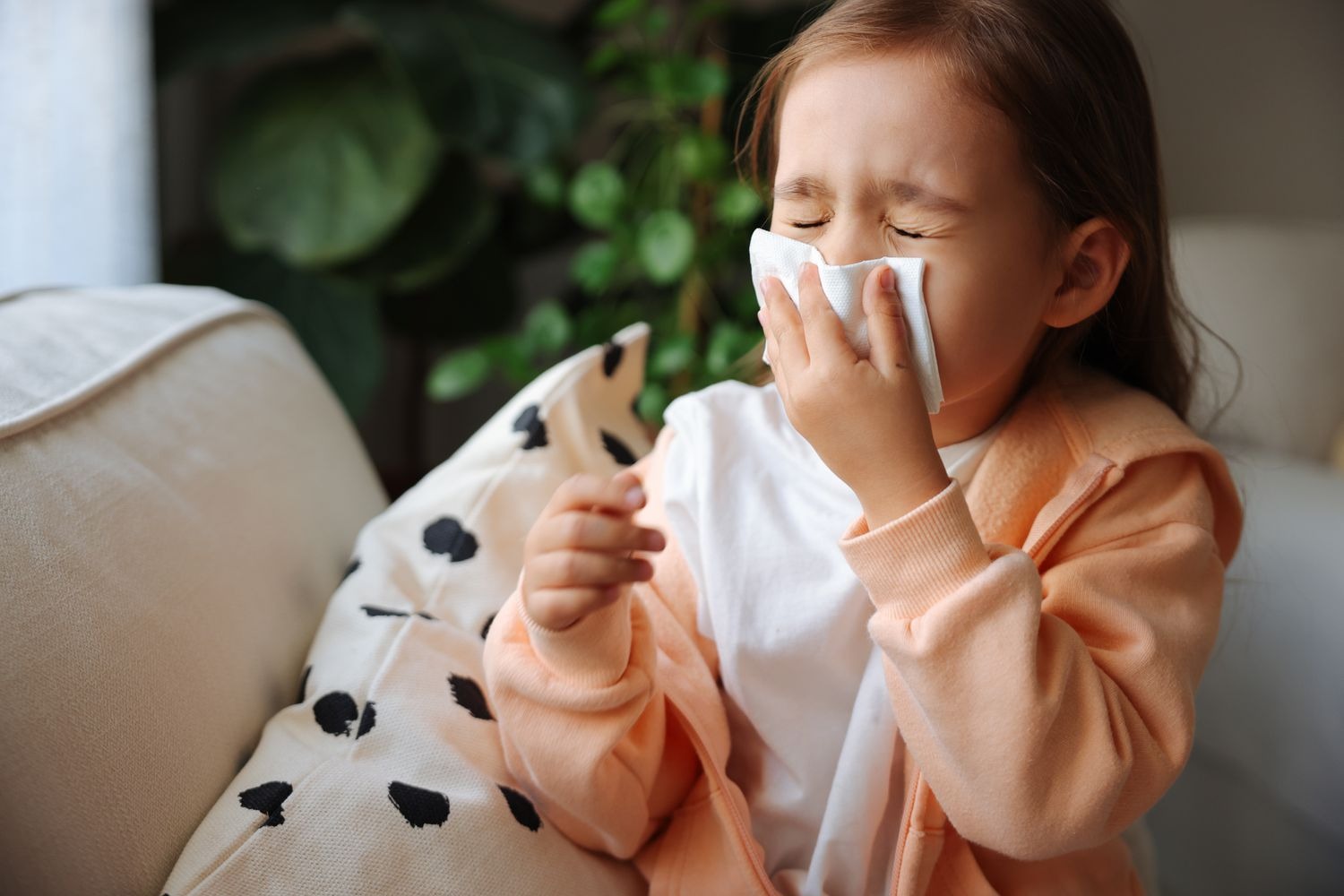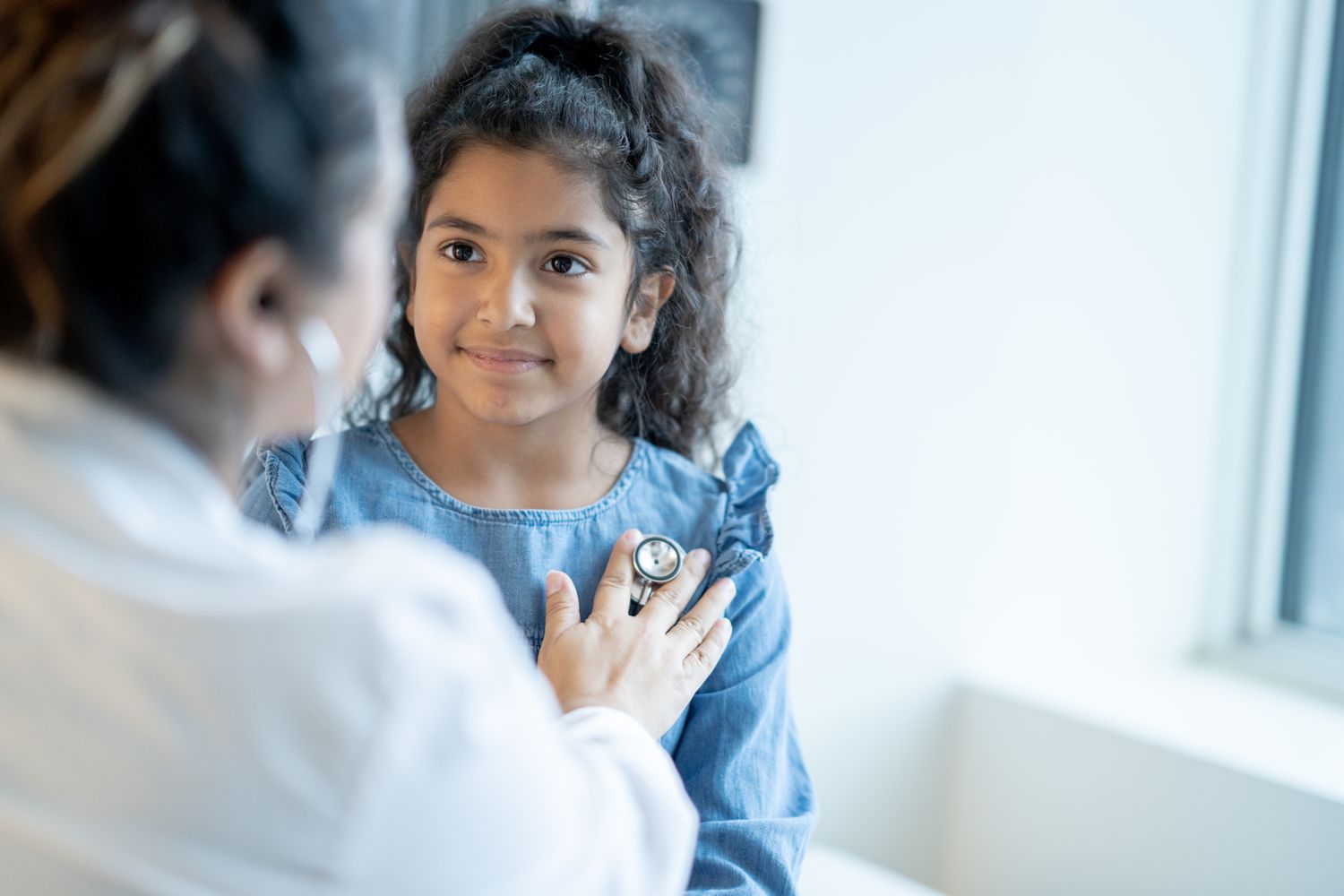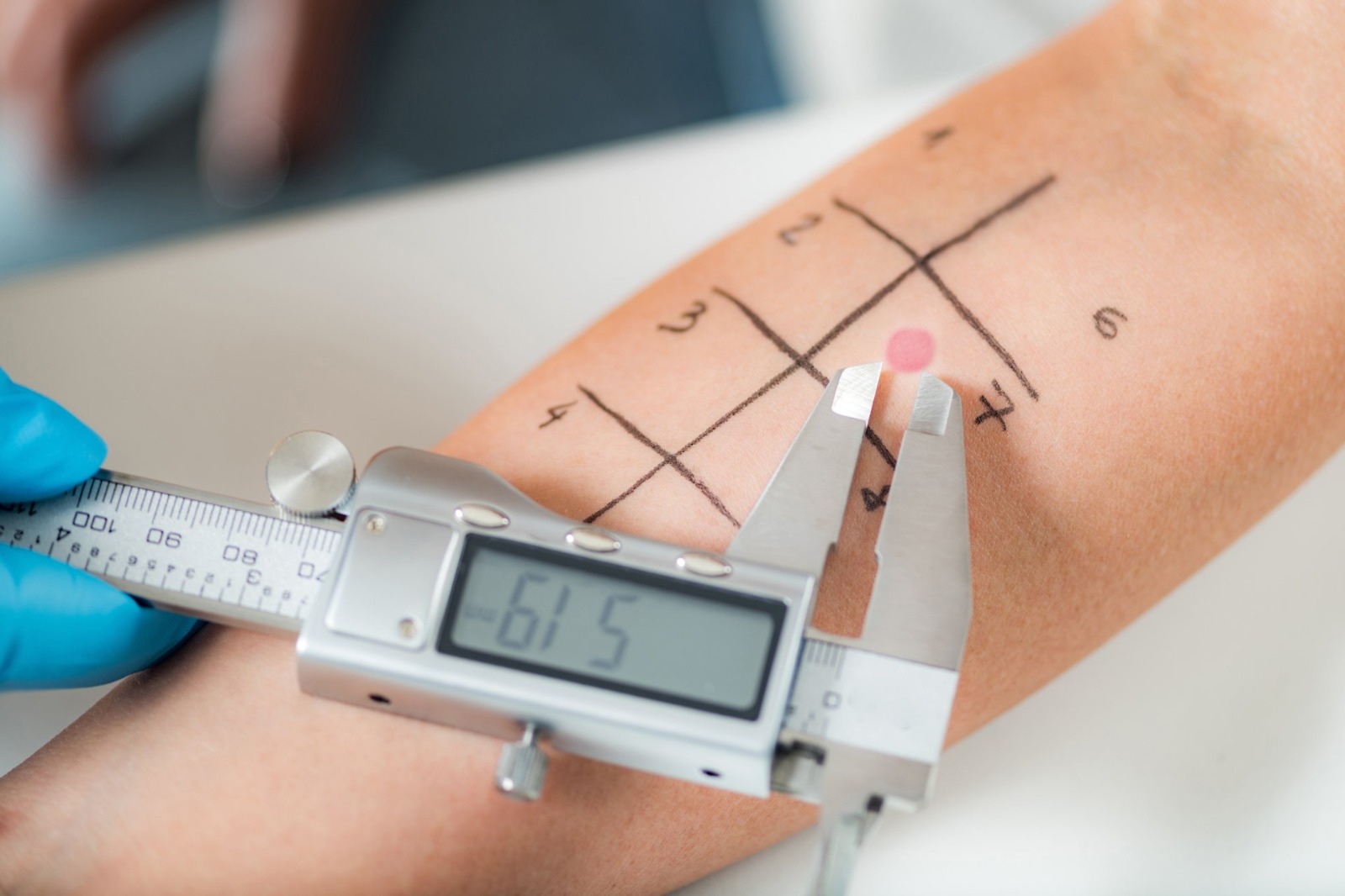As a pediatric allergy specialist with over three decades of experience, I’ve learned that childhood allergies can be confusing—for parents and carers alike. Recognizing the signs early and knowing when to seek medical help can make all the difference in managing your child's health effectively. Let me share some insights and stories from my practice that illustrate how understanding allergies can help keep children safe and comfortable.
Meet Little Arjun: A Hidden Allergy Revealed
Arjun, a lively 4-year-old, started experiencing recurrent skin rashes and constant sneezing during the spring. His parents initially thought it was just a common cold, but despite medications, his symptoms worsened. A detailed evaluation and allergy testing revealed a dust mite allergy, which was triggering his symptoms. This diagnosis helped his family understand the cause and take targeted actions to reduce exposure, significantly improving his quality of life.
Common Symptoms of Childhood Allergies
Childhood allergies can manifest in various ways, often involving the skin, respiratory system, or digestive tract. Some of the most common symptoms include:
Sneezing, nasal congestion, and a runny nose—especially during pollen season or in dusty environments.
Itchy, watery eyes—commonly seen in allergic conjunctivitis.
Skin rashes, hives, or redness—frequent in food allergies or skin sensitivities.
Coughing, wheezing, or shortness of breath—indicating respiratory involvement, often linked to allergic asthma.
Gastrointestinal issues—such as nausea, vomiting, or diarrhea, particularly in food allergies.
It’s important to remember that these symptoms can overlap with other illnesses, but persistent or recurrent signs should never be ignored.
When Should Parents Seek Medical Attention?
While mild allergy symptoms can often be managed at home, certain signs warrant immediate medical consultation:
Signs of a severe allergic reaction (Anaphylaxis): Swelling of the lips, tongue, or face; difficulty breathing; dizziness; or loss of consciousness.
Symptoms not responding to initial treatment—such as continued wheezing or swelling despite medication.
Frequent or severe reactions affecting your child's daily activities or sleep.
Unexplained symptoms or confusion about the cause of symptoms.
In Arjun’s case, his parents were advised to carry emergency medications, like an adrenaline auto-injector, given his history of severe reactions to nuts. Early identification and timely treatment are critical in preventing life-threatening complications.
Preventive Measures and Management
Understanding triggers is essential. For dust mites, maintaining a clean, dust-free environment; using allergen-proof bedding; and keeping indoor humidity low help reduce exposure. For food allergies, strict avoidance and education about hidden ingredients are vital.
Medication, such as antihistamines, nasal sprays, or even allergy immunotherapy, can significantly improve symptoms and long-term control. Regular follow-up with an allergist ensures tailored treatment plans that adapt as your child grows.
Empowering Parents and Caregivers
My advice to parents is simple: be observant and proactive. Notice when your child’s symptoms worsen or persist, and don’t hesitate to seek professional help. Early diagnosis and management can prevent complications, improve your child's comfort, and allow them to enjoy childhood without the constant worry of allergy flare-ups.
Remember Arjun’s story—early recognition, proper diagnosis, and targeted management changed his life. As parents, your vigilance is your child’s best defense against allergies. With the right knowledge and support, we can navigate childhood allergies smoothly and ensure their well-being.



Add a Comment